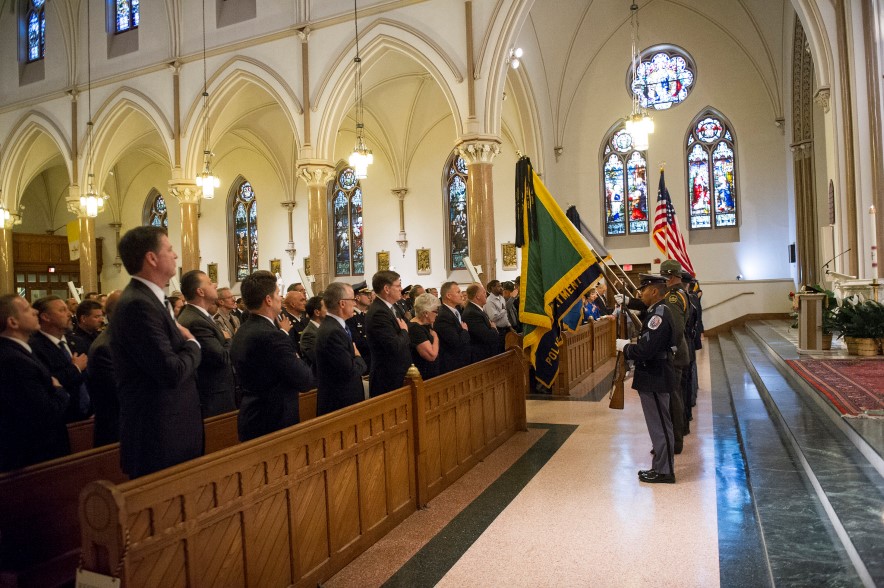How to Protect Your House of Worship
Fifteen years ago, attackers threw grenades into a church in Islamabad, Pakistan, killing at least five people and injuring numerous others. No one claimed responsibility for the attack.
The attack garnered international response because it was in the diplomatic quarter of the city near the U.S. Embassy and was attended by diplomats and their families. Officials, according to CNN, said the church was only lightly guarded with a single officer responsible for overseeing access via its three entrances.
In 2015, Jim McGuffey, CPP, PSI, PSP, chair of the ASIS International Houses of Worship (HOW) Committee (a subgroup of the ASIS Cultural Properties Council) was in Pakistan and visited that church. He met the pastor and offered to do a security assessment for the church, which the pastor took him up on.
The interaction made him think about the increasing threats to houses of worship and how a limited security budget, or no security budget at all, could affect their security posture.
These churches often can't afford to have barriers, metal detectors, or bollards, McGuffey says. Most churches are not big money makers, most of them are smaller churches and not well-funded. When we approach them with security countermeasures, we have to think outside the box.
This led to the creation of the Security Risk Analysis (SRA) Guide for houses of worship by the Cultural Properties Council that was released earlier this year.
It's designed to share a modified version of the SRA process, so that with guidance by a qualified security professional, house of worship leaders will be able to identify critical assets and assess threats and hazards, according to a white paper on the guide. This information will help determine levels of undesirable consequences and profitability of occurrence in order to select cost effective security strategies to mitigate risk.
The modified version of the SRA guide includes selecting a safety focus team, conducting a security survey, identifying and prioritizing vital assets for protection, identifying threats and hazards, selecting cost effective security strategies, implementing those strategies, and maintaining those strategies.
And for houses of worship that don't have the resources, either financial or man-hours, to conduct the SRA, the committee also released actionable steps to improve churches, safety and security at little to no expense.
Those 34 steps include suggestions like never allowing staff or volunteers to work at the facility alone, ensuring opening and closing procedures are in place, making sure all doors and windows have functioning locks, and maintaining an inventory of expensive or easily stolen items.
The council specifically included these steps, McGuffey says, for those who want to see some immediate impact and for whatever reason the SRA process isn't going to happen this way they will see a significant improvement in safety and security.
In 2015, the ASIS Savannah Low Country Chapter hosted a workshop with a local police department and invited 40 clergy from South Carolina and Georgia to participate and learn about the not-yet released SRA and actionable steps.
McGuffey says the workshop was a success, and the committee held another one in April 2016 to help local clergy walk away with the tools to take back to their churches and implement what they have learned.
The committee is planning future events to work directly with clergy and local law enforcement to share the SRA, and McGuffey says it will continue to adapt the SRA as new threats emerge.
I've made a point of saying, as with any document, we always have to audit them and make appropriate changes to meet revised threats, McGuffey explains. It's a living document.
